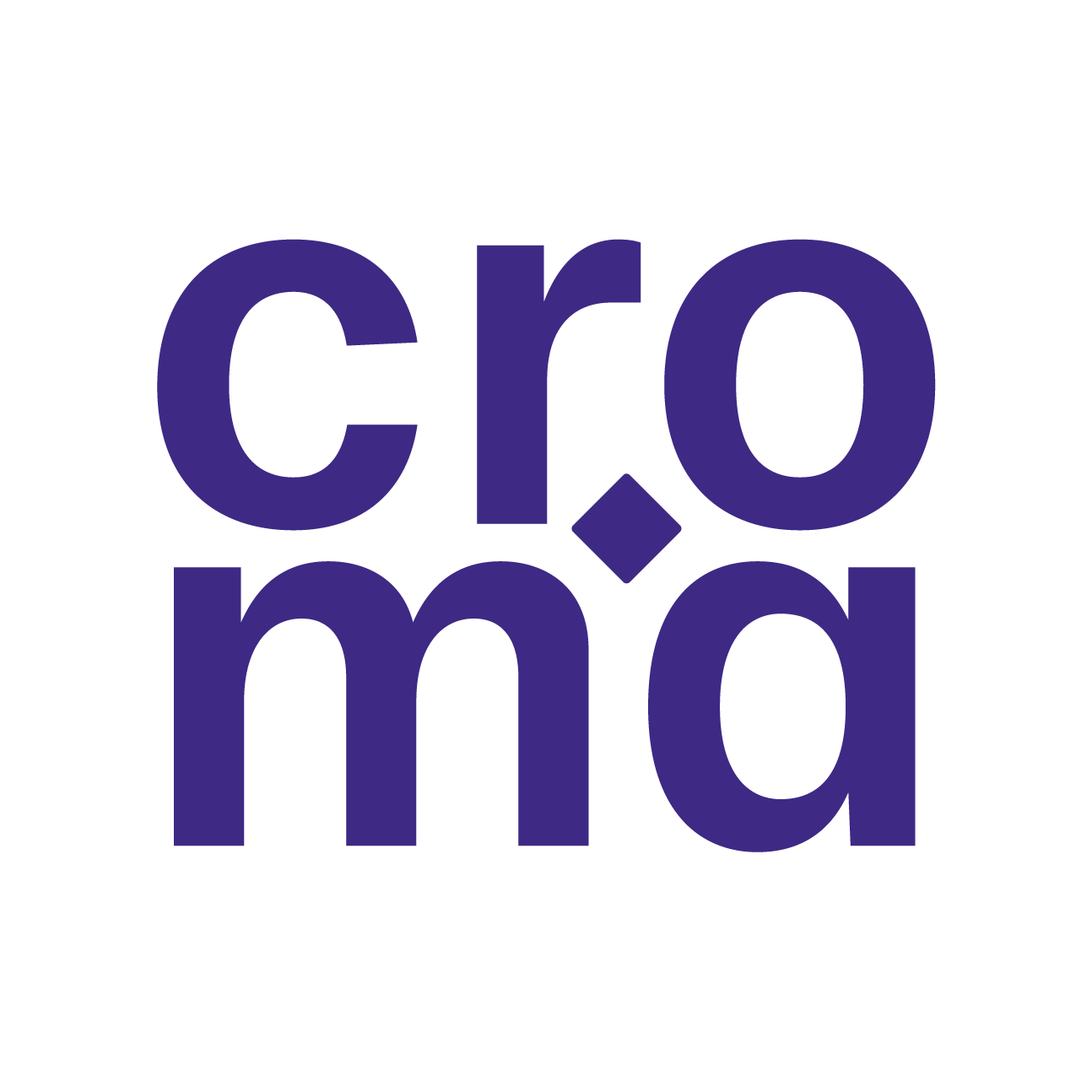All opportunities
Search...
Offers : 1
Alternative methods based on dynamic detection for a new generation of ISFET-like biosensors in graphene
Start date : 01/10/2024
offer n° CROMA-CMNE-05-31-2024

Alternative methods based on dynamic detection for a new generation of ISFET-like biosensors in graphene 
Deadline for application: 18th of June 2024, beginning of contract: 1st of Oct. 2024
Place:
CROMA (Minatec) and Néel Institut, Grenoble (France)
Advisors:
Irina Ionica (Associate Professor Grenoble INP),
Cécile Delacourt (CNRS rechercher, Néel Institut),
Context and objectives:
This thesis is placed in the context of biochemical detection with ISFETs (Ion Sensing Field Effect Transistors), for which
the current which passes through the transistor channel is modulated by the presence of the charges to be detected
 in its proximity. In the majority of cases, detection is done in real time by monitoring the drain-source current of the transistor channel.
in its proximity. In the majority of cases, detection is done in real time by monitoring the drain-source current of the transistor channel.
Quantitative measurement could be done by calibrating the drain current as a function of the gate voltage of the transistor relative to the load to be detected. This method which has already been used for many demonstrators and
applications, uses the monitoring of a quantity quasi-static (e.g. the threshold voltage of the transistor), which non-discriminatorily encompasses all type of charge contained in the solution and sufficiently close to the channel (ions, fixed charges adsorbed on the surface of the device, interface states etc).
Unfortunately, in a “non-laboratory” application, a solution does not only contain the element we wish to detect, but many others and it would be important to identify typical electrical responses associated with the constituents. Dynamic approaches, such as non-equilibrium potential or low-frequency noise, are promising because they offer, for example, the possibility of searching for specific signatures depending on the measurement frequencies.
The objective of this project is therefore not to show another demonstrator which would improve one or several
figures of merit for a given application, but rather to explore dynamic detection alternatives with an ISFET, to
study/identify the mechanisms that are responsible for the particular electrical responses of the sensor. At
CROMA, we showed that the out of equilibrium body-potential response in device fabricated on silicon-on
insulator (SOI) 1 and due to the presence of Schottky barriers at the contacts2 can be used for sensing3.
The aim of this thesis is first to implement similar methods for graphene field effect transistors and benchmark
the dynamic detection with the quasi-static and more conventional approach. At Neel, we have demonstrated
the ability to fabricate array of GFETs that offers many suitable properties for sensing living matters4 and
biochemical compounds5. Sensors manufactured on graphene will benefit from the flexibility of the technology
in order to study a wide range of options to understand the mechanisms involved and to optimize the sensors.
Modelling and simulation components will elegantly complete the project for understanding of the phenomena
and will provide keys for the optimization of future sensors.
Work do be done:
The PhD student will develop the complete chain, from device fabrication, electrical measurements in equilibrium and dynamic conditions, sensing layer and surface functionalization for specific detection applications, modeling and simulation, allowing the comprehension of physical phenomena involved
and the optimization for the sensor. To remain more generic at first, ionic solutions close to those used in cell culture media with compositions simplified (e.g.: a single type of ion) and variable concentrations will make it possible to evaluate the mechanisms and detection improvements with dynamic methods (nonequilibrium potential and/or low frequency noise). More pragmatic applications will be explored in the second half of the thesis (e.g. neuronal sensing).
1M. Alepidis, A. Bouchard, C. Delacour, M. Bawedin and I. Ionica, “Out-of-Equilibrium Body Potential Measurement on Silicon-on-Insulator
With Deposited Metal Contacts,” in IEEE Transactions on Electron Devices, vol. 67, no. 11, pp. 4582-4586, 2020
2M. Alepidis, G. Ghibaudo, M. Bawedin & I. Ionica, Origin of the Out-of-Equilibrium Body Potential In Silicon on Insulator Devices With
Metal Contacts. IEEE Electron Device Letters, 42(12), 1834-1837, 2021
3M. Alepidis, A. Bouchard, C. Delacour, M. Bawedin, & I. Ionica, Novel pH sensor based on out-of-equilibrium body potential monitored in
silicon on insulator with metal contacts. In ECS Meeting Abstracts (No. 59, p. 1589). IOP Publishing, 2021
4Dupuit, V., Terral, O., Bres, G., Claudel, A., Fernandez, B., Briançon-Marjollet, A., & Delacour, C. (2022). A multifunctional hybrid graphene
and microfluidic platform to interface topological neuron networks. Advanced Functional Materials, 32(49), 2207001.
5Terral, O., Audic, G., Claudel, A., Magnat, J., Dupont, A., Moreau, C. J., & Delacour, C. (2024). Graphene field-effect transistors for sensing
ion-channel coupled receptors: towards biohybrid nanoelectronics for chemical detection. arXiv preprint arXiv:2402.04378.
Knowledge and skills required:
The candidate must have a solid knowledge of physics of semiconductors and devices. Clean-room fabrication, electronics of measurement systems, notion of chemical physics, surface physics or electrochemistry would be appreciated to better understand the interaction at the interface with the top gate liquids. The candidate is expected to enjoy experimental work and the development of adapted measurement protocols.
Scientific curiosity, motivation, creativity, tenacity are mandatory qualities in order to take full advantage of the scientific environment of this thesis and to gain excellent expertise for his/her future career. The topic is in the field of applied physics, but close to the fundamental physics, as well as to the industrial world. After the PhD, the candidate will easily adapt to both academic and industrial research environments.
The candidate must have a very good academic record, with high grades.
For the application, send your CV, motivation letter, track of records for your masters and recommendation letter(s).
- Keywords : Engineering science, Engineering science, Engineering sciences, Electronics and microelectronics - Optoelectronics, CROMA, FMNT
- Laboratory : CROMA / FMNT
- CEA code : CROMA-CMNE-05-31-2024
- Contact : irina.ionica@grenoble-inp.fr



 Contact us
Contact us How to find us
How to find us








 Telecharger ma sélection
Telecharger ma sélection Reset
Reset